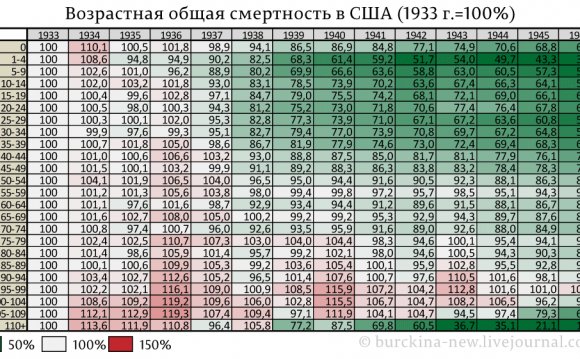
Years Of Great Depression
In 1902, an American Charles Hetfield invented a mysterious mixture that could cause rain. At least that's what the inventor himself said. The mixture consisted of 23 substances that were heated in huge pallets and, evaporated into the atmosphere, caused sludge. In two years, Hetfield started a wide publicity company of his invention. Charles understood that in California, where he lived at that time, farmers would be willing to pay a lot of money to save their crops from the drought. Farmers were, however, sceptical about Hetfield's statements that it could cause rain at any time, and even made a bet with him. Then Charles, with the help of his brother Paul, built a wooden tower, on top of which he experimented. Surprisingly, the result didn't make it wait: the clouds ran soon and the rain flooded the farm fields. So the inventor got his first profit.
The rumors of the rain seller had spread rapidly throughout the country, and Hetfield had regularly received orders. For example, in 1915, Charles signed a lucrative contract of $10,000, according to which he was to fill the reservoir in San Diego. In fact, shortly after the dispensation of the mixture, the formula of which Hetfield kept in a strict secret, San Diego was struck by a scary rainfall, water washed railroads, many houses, and more than 20 people died. The total damage was about $3.5 million and the inventor himself received a summons.








